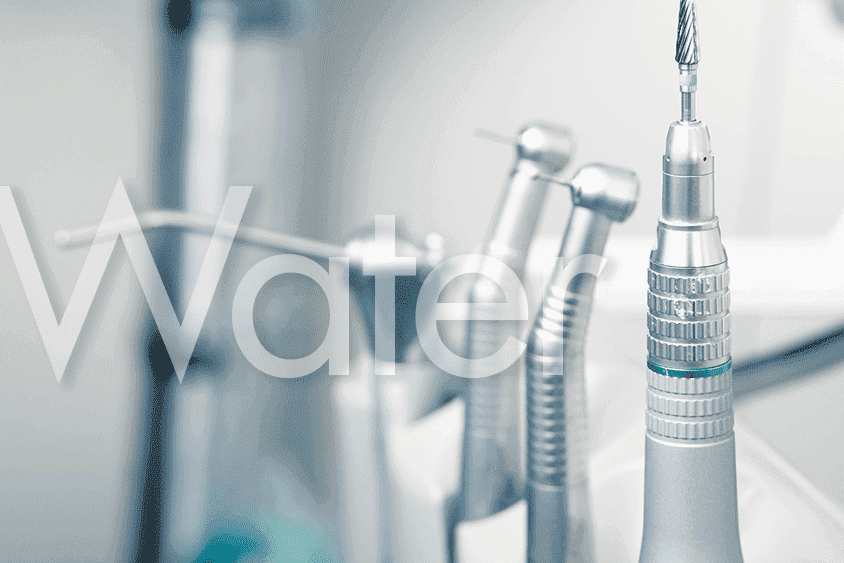The ordered closure in mid-December of a children’s dental clinic in Southern California reminds dental practices of the importance of cleaning and maintaining dental unit water lines for the safety of patients.
Health officials ordered the Anaheim clinic to close after discovering mycobacteria in the clinic’s water system for the second time in three months. Officials tested the clinic’s water in September after an infection outbreak was traced to the clinic. The Orange County Register reports that as of Dec. 16 at least 57 children had been hospitalized — some with severe complications — for confirmed or probable mycobacterial infections after receiving pulpotomies at the clinic between March 1 and Aug. 11.
Once the source of the infection outbreak was established, officials ordered the clinic to stop using office water for patient procedures. Ultimately, the clinic closed and installed a new water system and reopened after the new system’s water was tested and found to meet ADA standards. Now, less than a month after opening, the clinic is closed again.
Everyday actions for every patient
The Orange County Health Care Agency and the Centers for Disease Control are investigating to determine the source of the latest samples of mycobacteria. Unless or until additional recommendations are revealed in their report, CDA urges dentists to ensure they are following the Dental Board of California’s current requirements along with CDC recommendations. These include:
- At the beginning of each workday, dental unit lines and devices should be purged with air or flushed with water for at least two minutes prior to attaching handpieces, scalers, air water syringe tips or other devices. The dental unit lines and devices should be flushed between each patient for a minimum of 20 seconds.
- Review procedures are for maintaining dental unit water quality at ≤500 cfu/mL heterotrophic water bacteria.
- Consult with the manufacturer of the dental unit for appropriate water maintenance methods and recommendations for monitoring dental water quality.
These safety procedures are designed to prevent the dangerous buildup of biofilm in the equipment water lines. “Essentially, the first thing you should do when you walk into your operatory is run your water lines,” CDA Practice Analyst Teresa Pichay says. CDA recommends that dental practices test their water unit quality if they have not recently done so.
CDC links past outbreak to pulpotomies
The infection outbreak in Southern California is not the first to be traced to a dental clinic. In Georgia in September 2015, cases of mycobacterial infection in hospitals were traced to a dental practice that had performed pulpotomies. A CDC report confirmed that the practice had “used tap water for pulpotomies without water quality monitoring or bleaching of waterlines at the end of each day, as recommended in the manufacturer guidelines.” All water samples from all of the practice’s dental stations had bacterial counts above the CDC’s recommended ≤500 (CFU)/mL.
The report closed with recommendations for preventing risks associated with waterlines, including use of point-of-use filters and eliminating “dead ends in plumbing, where stagnant water can enable biofilm formation.”
Mycobacterial infections can be severe and difficult to treat. The children hospitalized during the outbreak last fall experienced complications ranging from long hospital stays for administration of intravenous antibiotics to surgery, including for jaw reconstruction.
No infections tied to procedures received after the Anaheim clinic reopened in November have been confirmed as of this writing.
CDA will keep members informed of any new information about water quality and water line maintenance via cda.org and the CDA Update.

